#Santa Clara Pueblo
Text

Baking bread in horno, Santa Clara Pueblo, New Mexico
Photographer: T. Harmon Parkhurst
Date: 1935?
Negative Number: 004147
503 notes
·
View notes
Text

Tewa artist Helen Hardin (also known as Tsa-Sah-Wee-Eh) - 1978
60 notes
·
View notes
Text
Puye Cliff Dwellings | The village consisted of two levels of caves cut into the cliffs and the ruins of a large pueblo on top of the mesa. There are over a dozen “stairs” from the top of the mesa to the base of the cliff. The stairs linked the Community House on top of the mesa to the dwellings at the base of the cliff, as well as to sources of water north of the pueblo.
#NewMexico#travel#roadtrip#NativeAmerican#daytrip#culture#history#New Mexico#heritage#Santa Clara Pueblo#San Ildefonso Pueblo
6 notes
·
View notes
Text
Roxanne Swentzell
youtube
Roxanne Swentzell was born in 1962 in Taos Pueblo, New Mexico. Swentzell is a sculptor who uses the coil method, a traditional Santa Pueblo technique for clay sculpting. She also produces works in bronze. Swentzell's first public exhibition was in 1984, and her work has been in several more since, including a 1998 exhibition at the White House. Her work can be found in the collections of the National Museum of the American Indian, the Denver Art Museum, the Brooklyn Museum, and other institutions.
#art#artists#native american#american indian#santa clara pueblo#pueblo#american indian art#indigenous#indigenous women#indigenous art#native art#native artists#new mexico#Youtube
23 notes
·
View notes
Text

Original Caption: Indians of Santa Clara Pueblo,
New Mexico, making pottery. C. 1900
22 notes
·
View notes
Text
The Pueblo Potters of the Southwest

Pottery, the most sought after Pueblo art today, is being made by thousands of Native clay artists, many of whom still dig, clean, and age their own clay, as well as hand-shape and coil-build pottery without the use of a potter's wheel. Potters then decorate their works with mineral and clay slips they prepare themselves, or by carving into the clay. Finally, they fire their clay outdoors in the open air, rather than in a kiln.
This is the age-old process used by Jody Naranjo, one of the most well-known contemporary Pueblo potters. Naranjo grew up at Santa Clara Pueblo, but moved to Albuquerque years ago to pursue a career in professional art. She still returns to the Pueblo for ceremonies and to fire her distinctive pottery. Naranjo's work is distinguished by intricately etched surfaces, portraying everything from fine geometric patterns to quaint scenes of people and Pueblo life, as well as a variety of animals, birds, and fish.
Naranjo consciously carries on ancient traditional techniques. In her pottery, which is always unglazed, Naranjo aims for a natural color that she describes as "rich chocolate brown." To get that tone, she encloses the pots in thin sheets of metal before firing the pottery on a brick. "Some people even use old metal cafeteria trays, or put the work inside metal milk crates," she says. Then she surrounds her pots with chunks of cedar, and sets the whole thing afire. "It burns hot and fast," she notes.
Most modern pottery is made from very different clay that requires overnight firings in intensely hot gas or electric kilns, but Naranjo's firings take no more than 30 to 45 minutes. "I have no idea of the temperature, because we don't use thermometers, but I've learned to judge the heat by observation," she says. About 5 to 10 minutes before the pots are done, she covers them with cow manure, which has been dried until it's fluffy.
"Some people use shredded newspaper," she says, "some horsehair." The manure blanket blocks the fire's source of oxygen, a step that darkens the pots. If she lets this stage go too far, the pots turn black, a distinct style in itself that some buyers prefer. If the goal is to retain the natural reds in the clay that Pueblo potters traditionally use, this step is skipped entirely, but if you're aiming for some combination -- for example, swirls of black on a red pot -- Naranjo says, "you put a whole cow pie against the pot."
The process, however, is not foolproof. Because these firings are done outdoors over a wood fire, without the controlled conditions inside a kiln, wind and humidity levels can create havoc, causing the pottery to crack or explode. To avoid such catastrophes, Naranjo tries to fire in either the mornings or evenings, which are the calmest times of day in her area. But even that's not always enough. "I've often waited a week or more to fire," she says. "It's so tricky. All your work can be gone in a minute!" While studying her craft, Naranjo says, she had her grandmother "giving me advice at every step. Still, I've made mistakes and heard the pots exploding in the fire. Then I just cry."
2 notes
·
View notes
Text

Jack rabbits by artist Pablita Velarde from Santa Clara Pueblo, NM.
#Pablita Velarde#art#nuevo mexico#native american#artist#painter#santa clara#Santa Clara Pueblo#new mexico#painting#jack rabbit
2 notes
·
View notes
Text
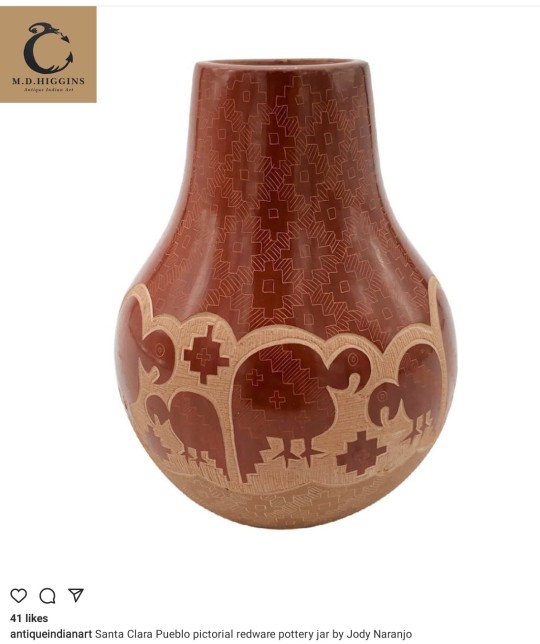
0 notes
Photo

Niños en Santa Clara Pueblo, New Mexico. Fotografía tomada por Philip Emory Harroun en 1897.
#santa clara pueblo#Nativo#nativo americano#native#native american#natives#american indian#Nativos Americanos#nativos
0 notes
Text
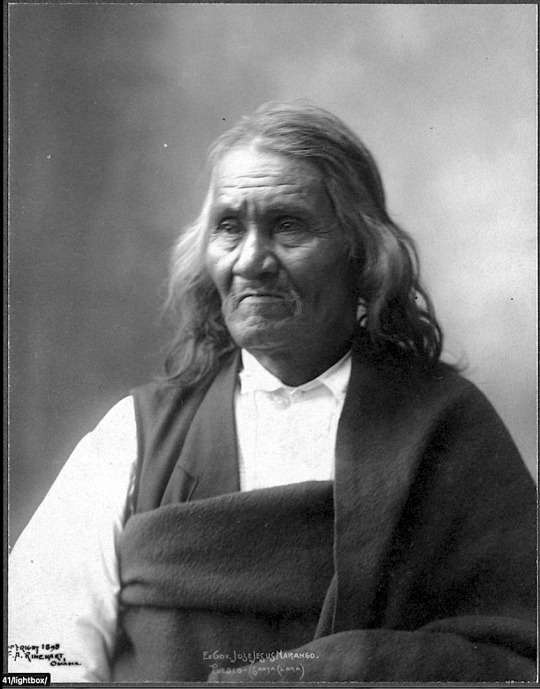
Ex-Gov. Jose Jesus Narango, Pueblo (Santa Clara) - Frank A Rinehart - 1898
8 notes
·
View notes
Text
Ordenamiento Territorial recibió a pueblos originarios
#Jujuy #ComunidadAoborigen | Ordenamiento Territorial recibió a #pueblosoriginarios
La Secretaría de Ordenamiento Territorial y Vivienda (SECOTyV) del Ministerio de Infraestructura, Servicios Públicos, Tierra y Vivienda (MISPTyV) recibió a referentes del Consejo de Pueblos Originarios Llank’aj Maki, quienes presentaron un extenso petitorio.La reunión fue encabezada por el secretario de Ordenamiento Territorial y Vivienda, Humberto García, acompañado de funcionarios de la…

View On WordPress
#Abra Pampa#Consejo de Pueblos Originarios#Fraile Pintado#Humberto García#Infraestructura#La Quiaca#Lavayen#Llankaj Maki#MISPTyV#Ordenamiento Territorial#Perico#San Pedro#Sansana#Santa Clara#SECOTyV#Servicios Públicos#Tierra#Valle Grande#vivienda
0 notes
Text

At the well, Santa Clara Pueblo, New Mexico
Photographer: Edward S. Curtis
Date: 1905
Negative Number: 151854
279 notes
·
View notes
Text
i made a post a few weeks ago about oppenheimer and how it's appalling that indigenous people were neither consulted nor mentioned in the film when they and other BIPOC folk in new mexico specifically have been dealing with the most consequences of nuclear testing in the US in the 60 years since. and ever since i've been looking for a good resource to synthesize all the shit that was done to mexicano / latine / indigenous peoples of the southwest thanks to the nuclear bomb and nuclear testing.
i found it. and honestly i should have looked here earlier.
the red nation podcast is a podcast run by nick estes, an assistant professor at the university of minnesota, a journalist, and an environmental activist from lower brule nation in south dakota. nick is not on this episode; instead it is his co-host jen marley interviewing beata tsosie-pena, a santa clara pueblo and el rito birth worker and traditional midwife, and tina cordova, a founder of the tularosa basin downwinders consortium, an organization seeking to spread awareness and gain reparations for unknowing survivors of the trinity tests in 1945.
together in a 90 minute deep dive episode, jen, beata, and tina do a deep dive on the impact of the nuclear testing not just on the american southwest but the entirety of the united states, the ways that the oppenheimer film erased oppenheimer's culpability in choosing when and how to test and use the bombs, the way the federal government has never offered any compensation to those victimized by the bomb's testing in new mexico, and the ongoing fight to pressure the us government to acknowledge the damage and offer some form of assistance and reparations in cleaning up the sites and getting medical treatment for the people who are to this day dealing with side effects of the testing.
#oppenheimer#indigenous issues#indigenous rights#trinity bomb testing#robert oppenheimer#the red nation#podcasts#TRN podcasts
66 notes
·
View notes
Text
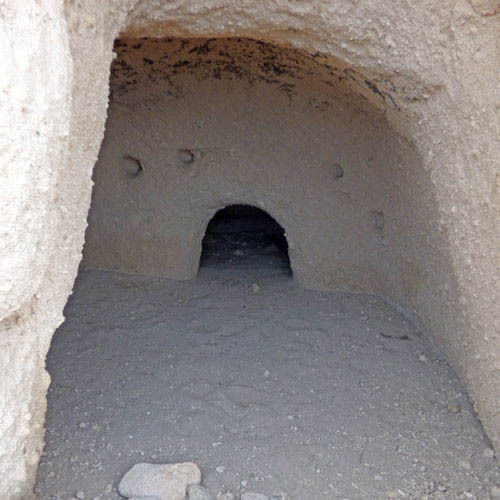
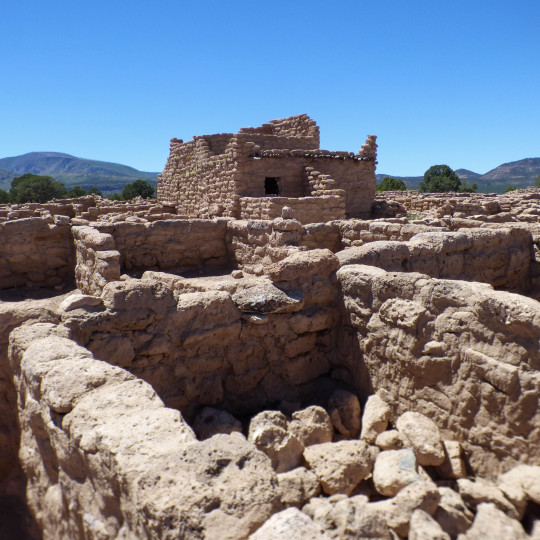
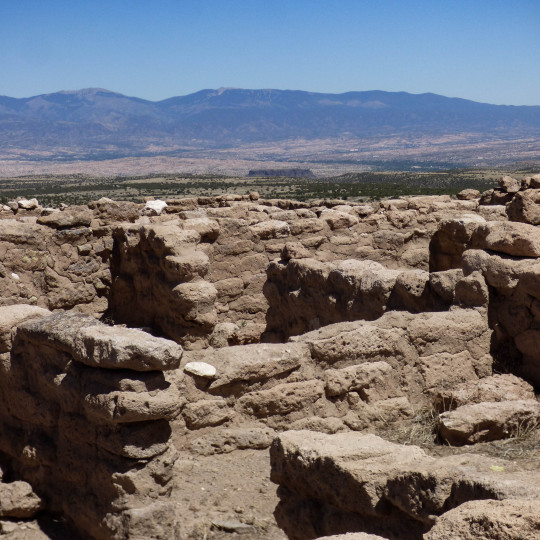
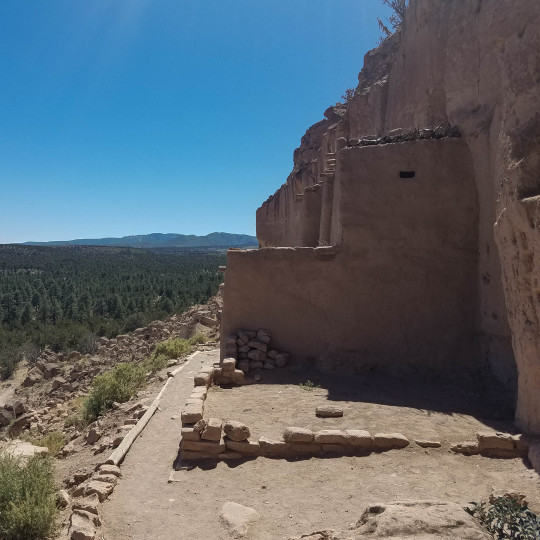

Puye was one of the ancestral villages of Santa Clara, San Ildefonso and Ohkay Owingeh Pueblos, occupied from about 900 AD to 1580 AD. The site was declared a National Historic Landmark in 1966. There are extensive ruins at the base of the cliffs and on top of the mesa, with outstanding examples of early Pueblo architecture and stunning panoramas of the Rio Grande valley. The sheer number of cliff dwellings at Puye, and how far they extend, is overwhelming, indicative of a large community.
#roadtrip#NativeAmerican#Puebloan#history#heritage#tradition#culture#daytrip#virtualtravel#NewMexico#historygeek#offthebeatentrack#leavenotrace#joltyourjourney#earthshotz#rockart#petroglyphs#indigenous#archaeology#anthropology#originalcontent#photography
390 notes
·
View notes
Text

“Two women from Pueblo carrying jugs on their heads.”. Santa Clara, c.1905
17 notes
·
View notes
Text
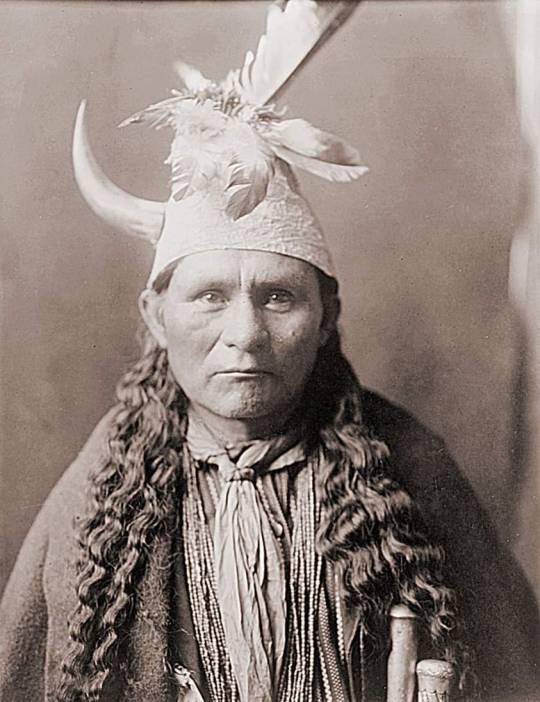
Native American Santa Clara ... Pueblo Tewa by : Edward S Curtis 1905 ... Oyegi-a ye (“Frost Moving”), Santa Clara Governor -
8 notes
·
View notes